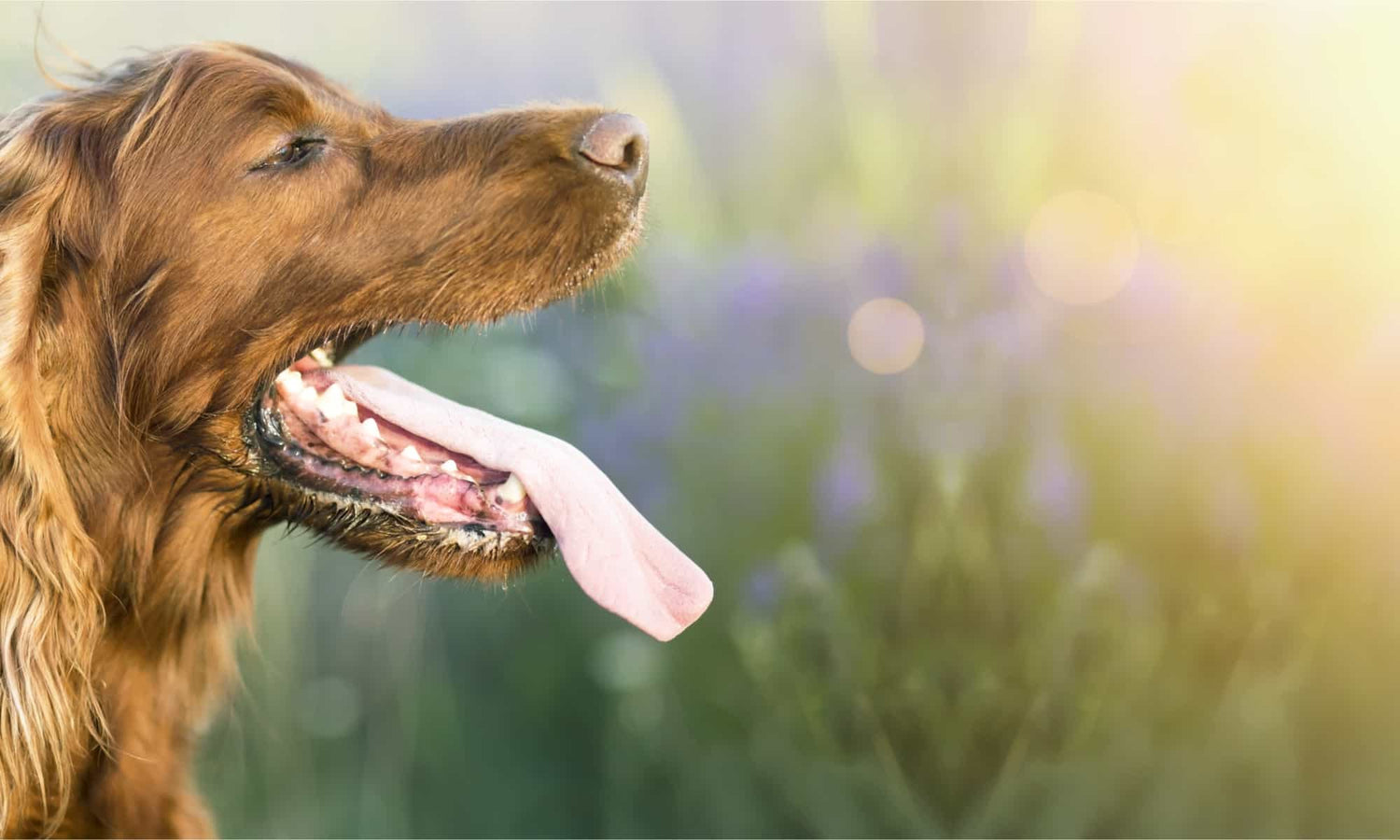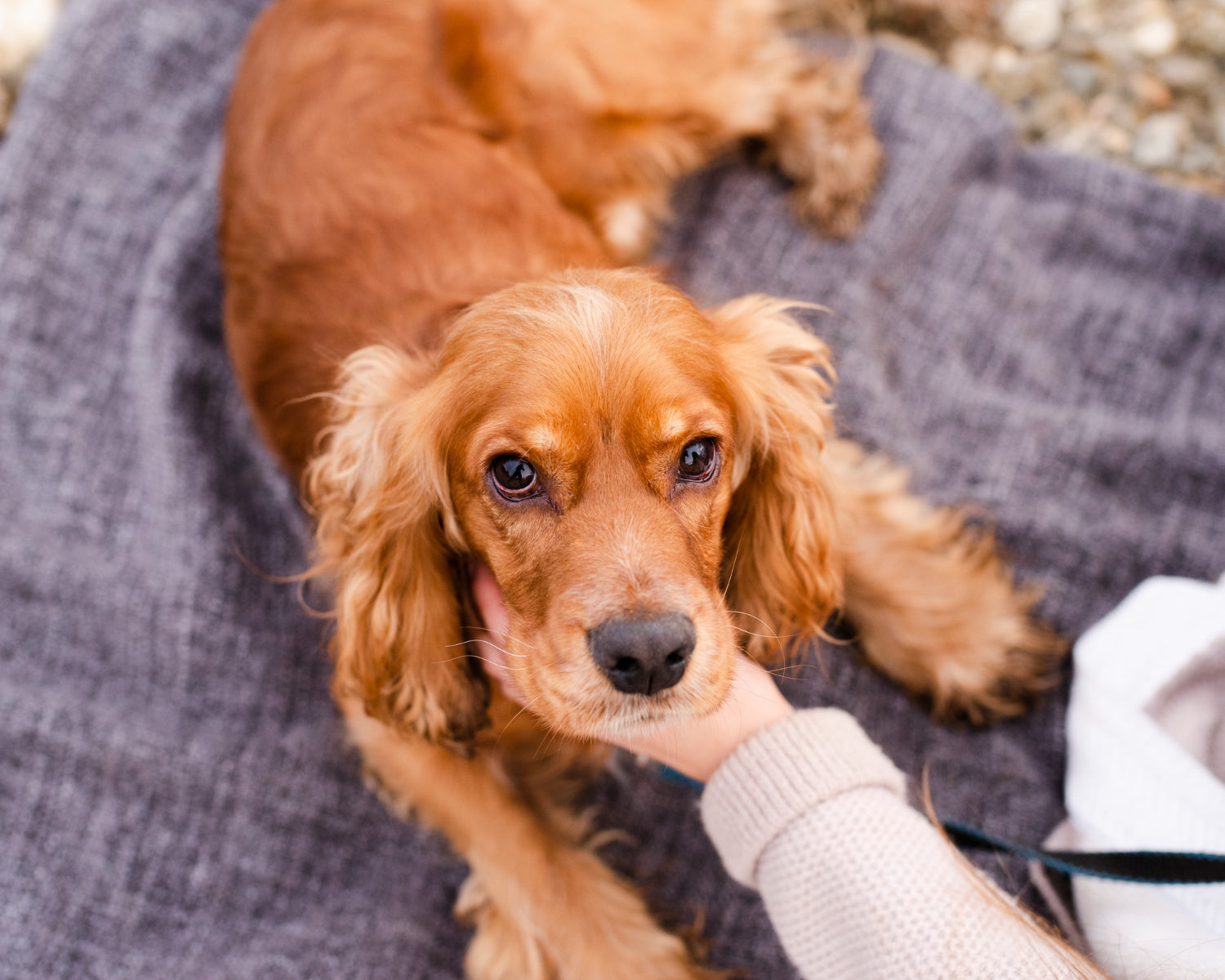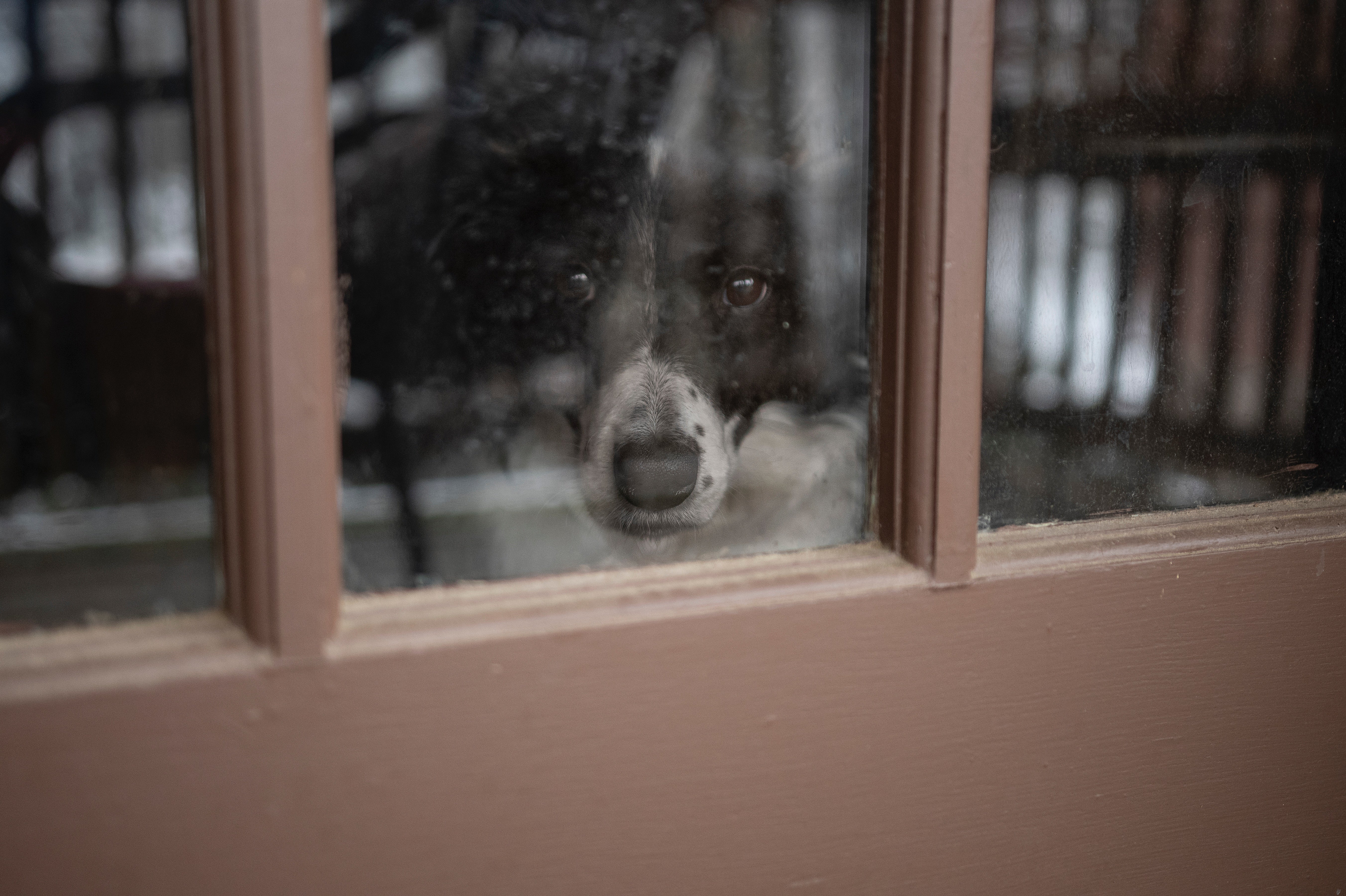Why Do Dogs Pant?
Dogs pant for a variety of reasons, ranging from natural bodily processes to reactions to their environment. Here are the key causes:
- Thermoregulation: Dogs primarily rely on panting to regulate their body temperature. Unlike humans, who possess sweat glands across their bodies, dogs' sweat glands are primarily located on their paw pads. Through panting, they can evaporate moisture from their nasal passages, tongue, and the linings of their lungs, effectively cooling themselves down.
- Physical Activity: After a robust game or a sprint in the park, it's not uncommon to observe a dog panting. This behaviour helps them lower the temperature increase caused by physical exertion.
- Excitement: Dogs don't just pant from physical stimuli. Emotional triggers, like the return of a beloved human or the prospect of a treat, can also induce panting.
- Stress or Anxiety: External stressors, be it the loud bang of fireworks or a daunting trip to the vet, can result in a dog panting. It serves as an indicator of their heightened state of anxiety.
- Pain: An important one to monitor – unexplained panting might signal that your dog is experiencing pain or discomfort. Should this be the case, it's vital to contact a vet.
- Medical Reasons: From medications that list panting as a side effect to conditions like respiratory disorders, Cushing's disease, or even fevers, there are several medical explanations for increased panting.
- Brachycephalic Breeds: Breeds with a squashed face, such as Bulldogs or Pugs, often pant more. Their unique facial structure can make breathing a bit more challenging, leading to more frequent panting.
When Should Panting Worry You?
While panting is typically a natural dog behaviour, unusual panting patterns shouldn't be overlooked. If your dog's panting appears excessive, occurs at unexpected times, or sounds different from usual, a veterinarian consultation might be necessary.
Conclusion
Panting plays a crucial role in a dog's life, ensuring they stay cool, express emotions, or communicate discomfort. As responsible dog owners, understanding and monitoring this behaviour is key to ensuring our furry friends lead a healthy, happy life. For more insights on pet care, visit our blog or check out our range of dog care products.




Leave a comment
This site is protected by hCaptcha and the hCaptcha Privacy Policy and Terms of Service apply.